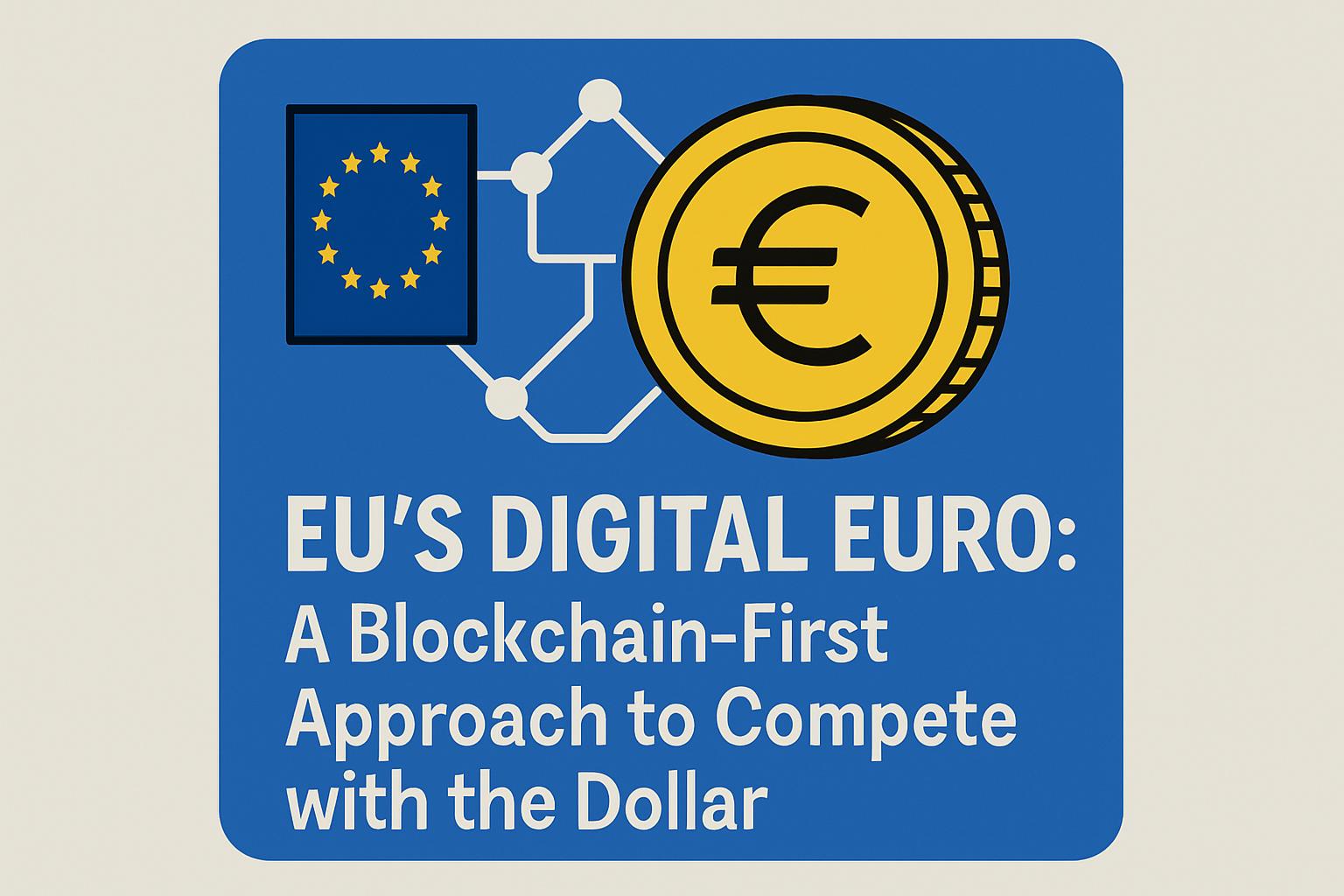In a bold move to counterbalance the burgeoning influence of U.S. dollar-pegged stablecoins, the European Union is accelerating its development of the digital euro and considering issuing it on a public blockchain like Ethereum or Solana. This strategic pivot comes in response to the United States’ recent legislative advancements.
An American Challenge: The GENIUS Act
Last month, the U.S. set the stage for a new era of stablecoin regulation with the signing of the GENIUS Act, a law which lays down stringent rules for stablecoin issuers including full reserves and tight reporting standards. This clarity aims to solidify the dollar’s dominance in the global financial system.
Already, dollar-linked stablecoins represent a formidable $160 billion market, enhancing the appeal of American financial instruments internationally. EU officials fear that inaction could marginalize the euro further in the realm of cross-border transactions.
The Great Debate: Public vs Private Blockchain
The European Central Bank has been researching a digital euro since 2021, initially leaning towards a centralized digital currency model. However, the rapid progress of U.S. regulatory frameworks has reignited discussions on whether a public blockchain might better serve the euro’s ambitions.
Proponents of a public blockchain model argue it would bolster the euro’s international appeal through increased transparency and scalability, resonating with the global financial ecosystem. Opponents, however, worry about privacy issues and the potential dilution of central bank control.
Meanwhile, countries like China are reportedly exploring similar concepts with yuan-backed stablecoins, underscoring the intensifying currency competition on a global scale.
Autonomy in Finance: Europe’s Strategic Concerns
With a significant portion of the eurozone’s financial transactions currently facilitated by non-European entities like Visa and Mastercard, European policymakers are increasingly anxious about financial sovereignty. ECB board member Piero Cipollone has emphasized the necessity of the digital euro to ensure citizens have access to sovereign-issued money, reducing dependency on external solutions.
The digital euro’s development is not just a technical matter but a significant geofinancial strategy to secure the euro’s position in the competitive global digital currency landscape.
The Path Forward: A 2025 Vision
The European Central Bank is diligently working towards a 2025 debut for the digital euro, currently considering both a centralized approach and a decentralized, public blockchain route. Should the EU decide in favor of a public blockchain issuance, it would mark a historic first for a major economy, potentially reshaping global payment and forex mechanisms.
As the U.S. capitalizes on its regulatory clarity and market size, the ability of the EU to leverage the digital euro effectively remains a key point of interest in the unfolding narrative of international finance.

![[News] Bitcoin at a Turning Point? 10x Research Signals a Bullish Macro Shift Ahead](https://cryptoexplores.com/wp-content/uploads/2025/06/new20250616.jpg)
![[News] Binance Lists $HOME, the Gas-Free, Bridge-Free All-in-One DeFi App](https://cryptoexplores.com/wp-content/uploads/2025/06/news20250617.jpg)